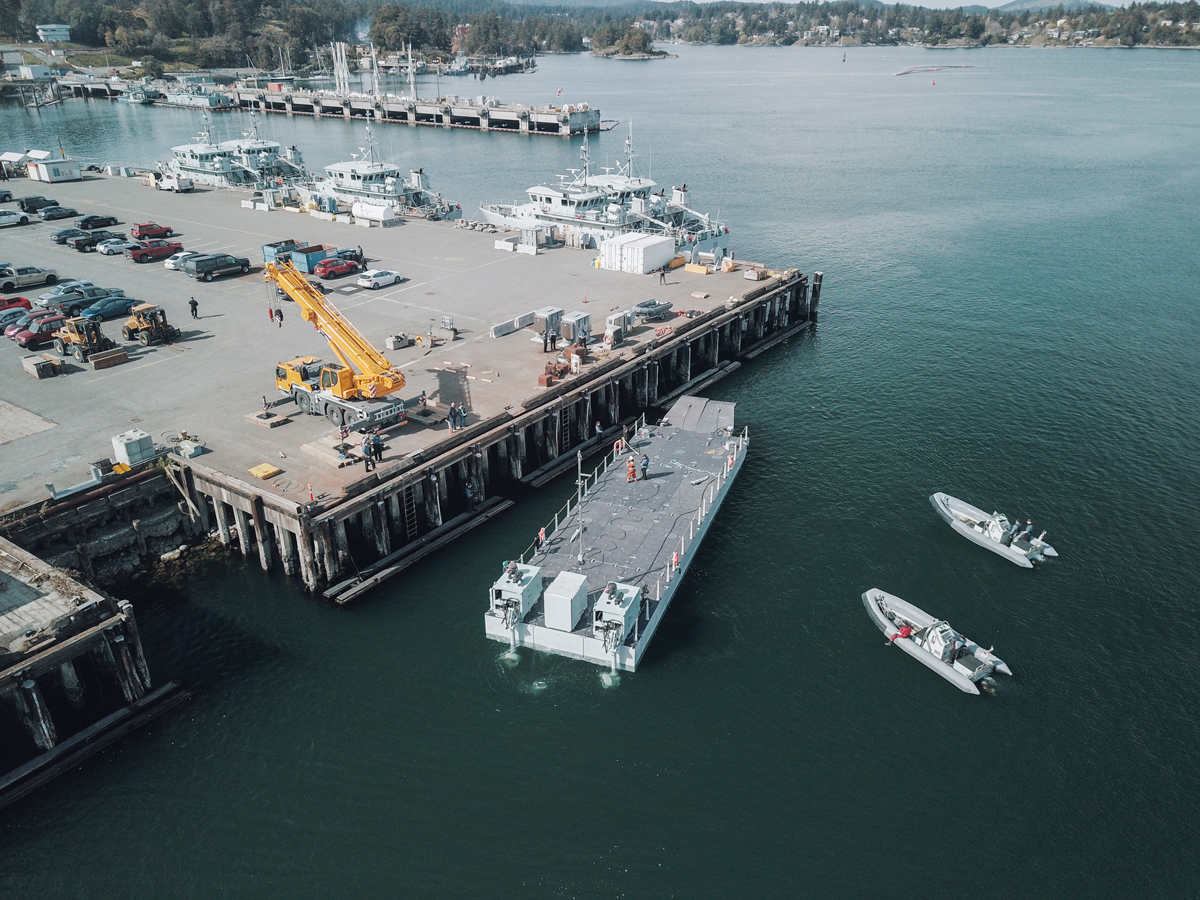Czech_pivo
Army.ca Veteran
- Reaction score
- 2,857
- Points
- 1,260
Just curious because to a lay person like me, if we're building a ship that has such a robust combat damage control capability that the intent of this ship is to be an area where it may be in harm's way, and as a result, it would have the related defensive capabilities.No idea what CSC has. Its still being designed. So CPF.
As for armaments.... we'll have some. Bonn does not. Defensive CIWS and NRWS only. It has no effectors nor should it have any.



